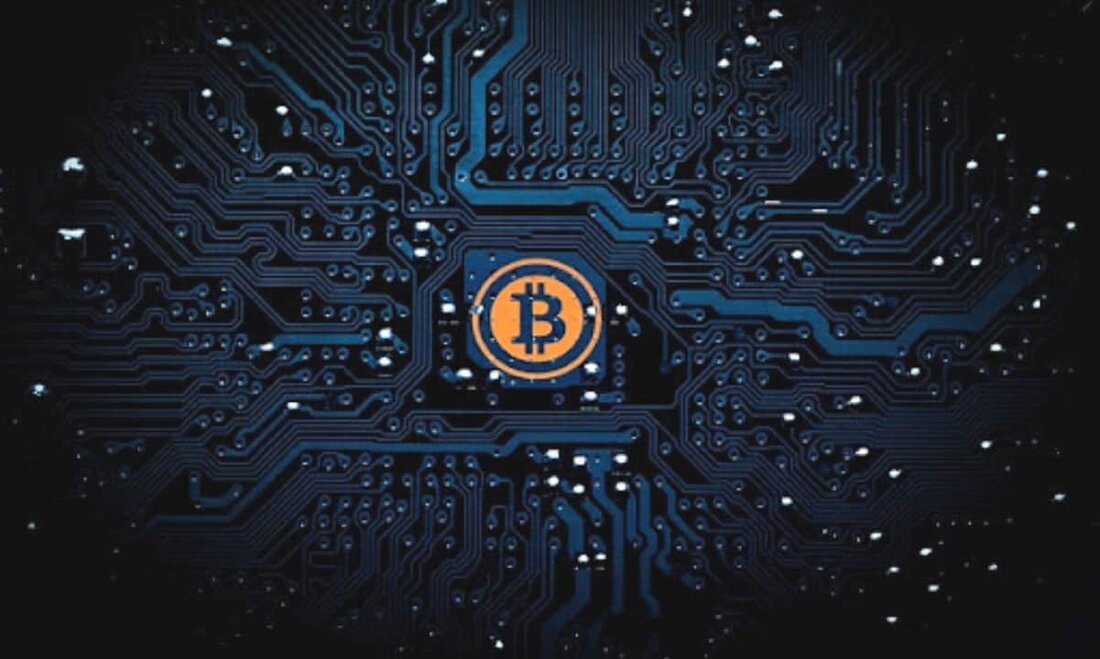Advantages and disadvantages of Bitcoin related to the BRC 20 token standard: Bitfinex report
The latest hype in the crypto world revolves around the newly introduced Bitcoin token standard (BRC-20), which has achieved great attention and popularity due to the latest Memecoin trend. Despite the continuing hype, the token standard is still subject to certain restrictions on the broader cryptol landscape. A current report by the leading crypto exchange Bitfinex has emphasized the potential of the token standard and the importance of identifying further applications in order to accelerate its broad introduction. The BRC 20 token standard in March was established by the BRC 20 token standard, known as "Bitcoin Request for Comment", using the Ordinal Protocol. The protocol was originally developed to create the creation of non-fungable Bitcoin tokens (NFTS) by ...

Advantages and disadvantages of Bitcoin related to the BRC 20 token standard: Bitfinex report
The latest hype in the crypto world revolves around the newly introduced Bitcoin token standard (BRC-20), which has achieved great attention and popularity due to the latest Memecoin trends. Despite the continuing hypes, the token standard is still subject to certain restrictions in relation to the broader cryptol landscape.
A current report of the leading crypto exchange Bitfinex has emphasized the potential of the token standards and the importance of identifying further applications in order to speed up its broad introduction.
The BRC 20 token standard
In March, the BRC 20 token standard, known as "Bitcoin Request for Comment", was established using the Ordinal Protocol. The protocol was originally developed to facilitate the blockchain.
According to BRC-20.io, the market capitalization of the BRC-20 tokens was over $ 900 million at a time, with more than 14,400 tokens being spent. However, at the time of writing this article, the market has decreased to around $ 542 million.
Since the introduction of Bitcoin-based fungal assets, the transactions in the network have risen sharply, whereby BRC-20-amended transactions exceeded the non-BRC 20 transactions by over four million, as can be seen from data from Dune Analytics.
The most sought-after BRC 20 tokens are ordi, nals, piza, pepe and meme.
restrictions on the network
Although the new token standard shows the potential of the Ordinal Protocol, it encounters restrictions that could hinder its growth and further development.
An essential disadvantage is the lack of applications, which could hinder development. In addition, the BRC-20 network does not support smart contracts and the prices of assets mainly depend on market speculations. This and the fact that your 24-hour trade volume is less than 30 % of your market capitalization, as is clear in the case of Ordi, it makes it difficult to predict your future.
Another restriction is the lack of compatibility with the Ethereum Virtual Machine (EVM), which restricts the accessors' access to network resources and construction functions. This could restrict acceptance and lead to a narrow ecosystem.
In addition, BRC-20-tokens consume significant blockplace, which could lead to an overload of the network and higher transaction fees.
Despite these restrictions, the Proof-of-Work (Pow) consensus mechanism of Bitcoin Hackern has difficult to penetrate the network, which makes the safety of blockchain robust.
.

 Suche
Suche
